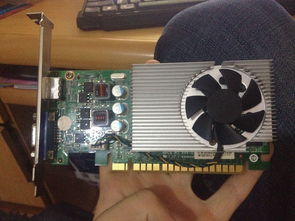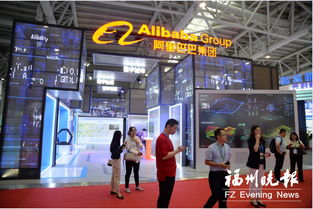Certainly! Here's a structured outline for your opening report on the topic "The Impact of Graphics Cards on Computational Performance":
Title: The Impact of Graphics Cards on Computational Performance
Abstract
This research aims to investigate the influence of graphics cards (GPUs) on computational performance in various applications. By exploring the technological advancements and practical implementations of GPUs, this study seeks to provide insights into their role in enhancing computational efficiency and accelerating processing speeds across different domains.
1. Introduction
Background
: Discuss the historical evolution of GPUs from simple graphics rendering devices to powerful computational tools.
Importance
: Highlight the growing significance of GPUs in accelerating complex computations, particularly in fields like machine learning, scientific simulations, and data analytics.
Objectives
: Clearly state the research objectives to evaluate the impact of GPUs on computational performance and efficiency.2. Literature Review
GPU Architecture
: Explain the key components and architecture of modern GPUs, including CUDA cores, memory bandwidth, and parallel processing capabilities.
Applications
: Review case studies and research papers that demonstrate the effectiveness of GPUs in specific applications such as deep learning training, molecular dynamics simulations, and financial modeling.
Comparison
: Compare GPU performance with traditional CPUbased computing in terms of speed, power consumption, and costeffectiveness.3. Methodology
Data Collection
: Describe how GPU performance data will be collected and analyzed, specifying benchmarking tools and methodologies.
Experimental Design
: Outline the experimental setup for evaluating GPU performance across different tasks or algorithms.
Variables
: Identify the independent and dependent variables considered in the study, ensuring clarity in experimental conditions.4. Results and Discussion
Quantitative Analysis
: Present the findings from the experiments, including benchmarks and metrics used to measure GPU performance.
Qualitative Insights
: Discuss the implications of the results in terms of computational efficiency gains, scalability, and applicability to realworld scenarios.
Comparison
: Compare and contrast results with existing literature and theoretical expectations.5. Conclusion
Summary
: Recapitulate the findings and their implications for leveraging GPU technology in computational tasks.
Limitations
: Address any limitations encountered during the study and suggest areas for future research.
Practical Recommendations
: Provide recommendations for researchers and industry professionals on optimizing GPU utilization for improved computational performance.6. References
List all sources cited in the report using a consistent citation style (e.g., APA, MLA).
Keywords: Graphics Cards, Computational Performance, GPU Architecture, Parallel Processing, Machine Learning

This structure ensures a comprehensive exploration of the topic while maintaining clarity and logical flow suitable for academic and industry professionals. Adjust the content as needed to align with specific research findings and insights gathered during your investigation.











